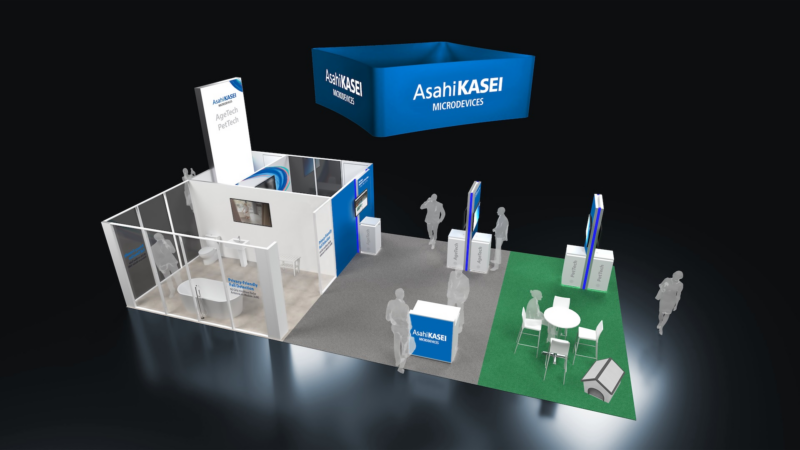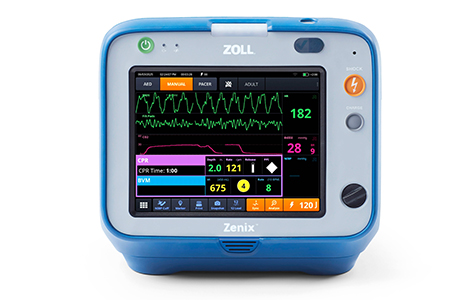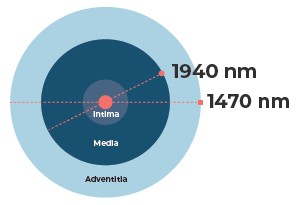World Spine Day 2017
(Vienna, October 16, 2017) Low back pain is an increasing and extremely widespread condition that becomes chronic in many patients, causing severe physical and emotional distress. Moreover, back pain is one of the leading causes of activity limitation and work absence all over the world and thus, has an enormous economic burden. Up to 80% of patients with back pain suffer from unspecific pain without identifiable cause. „But for those patients who are suspected to have a pain generator responsible for their complaints imaging techniques such as SPECT/CT can open up the path to efficient treatment,“ says Prof. Dr. Willm Uwe Kampen, expert from the Bone and Joint Committee of the European Association of Nuclear Medicine (EANM) on the occasion of the World Spine Day 2017.
Lately, molecular imaging using SPECT/CT (Single photon emission computed tomography / computed tomography) has become increasingly valuable in identifying pain generating lesions in patients suffering from back pain. This novel technique detects the raised metabolism that accompanies abnormal bone changes that cause back pain, and accurately localizes these to the anatomic sites that may be approached for treatment. „Identifying these physiological processes is essential since they precede anatomical changes by weeks, sometimes even months, and very often mark the actual targets for efficient treatment,“ says EANM expert Prof. Dr. Willm Uwe Kampen. This goal is achieved by tracers – weakly radioactively labelled substances the patient is injected with – and highly sensitive cameras which register the increased radioactive radiation emitted by the critical spots. The strength of hybrid SPECT/CT imaging lies in delivering such functional information on bone metabolism combined with the information from computed tomography (CT) which uses X-rays to assess the exact position and structure of the affected bones and joints. Thus, the combination of both methods (SPECT/CT) in a single examination has become state of the art in order to obtain a complete diagnostic picture whenever specific anatomical and physiological causes for back pain have to be assumed. „SPECT/CT offers the best of both worlds, as this novel hybrid imaging method combines the strengths of traditional CT with the proven benefits of nuclear medicine imaging, helping to establish a more accurate diagnosis in certain cases of severe back pain and opening up pathways for therapies with long-lasting effects. One of the fields where SPECT/CT has proven particularly helpful is the assessment of persisting or recurring back pain after spinal fusion surgery,“, says Prof. Kampen.
„This kind of treatment, which has become quite common in patients who suffer from constant back pain, sometimes causes follow-up complications. Persisting pain in these patients has multifarious reasons: Among them are postoperative infections, the improper placement of implants, broken screws, the loosening of hardware or the failure of bone fusion. Moreover, the rigid fixation of vertebrae can lead to increased stress on the adjacent spine segments. This might cause degeneration of the vertebrae above or below the fixed spine region or of facet and sacroiliac joints. While other imaging techniques such as Magnetic Resonance Imaging (MRI) provide precise and highly useful anatomical information this is often not sufficient since areas that are only anatomically suspicious are not necessarily the real origins of the back pain. In all these cases additional information on possible alterations in bone metabolic activity is crucial to establish what really induces the symptoms. SPECT/CT can provide all this information in a convenient single examination. Several studies show that SPECT/CT can track down pain causing conditions that are less easily – or not at all – captured by X-ray- and magnetic resonance images. „Ultimately, by improving the surgeon“s understanding of what is causing the patient“s symptoms, SPECT/CT has a profound role in selecting the right patient for the right treatment at the right time,“ according to Prof. Kampen.
Tracking down the culprits
The same advantages apply, of course, when it comes to examinations that are not connected to post-operative problems. CT and MRI provide reliable information on anatomical abnormalities such as disc herniation, degeneration of the vertebrae or potentially pathological changes of the bone marrow. But again, in an ageing European population it is becoming increasingly difficult to identify the culprit lesion on a background of multiple incidental degenerative findings. By localizing increased metabolic activities SPECT/CT helps filtering out the relevant pain generators. SPECT/CT has also proven valuable in patients with chronic low back pain who had undergone manual therapy without experiencing pain relief. SPECT/CT could identify facet joints that were metabolically active due to initial degeneration but without morphological changes seen in conventional radiography or even in CT. Subsequently, these patients received targeted treatment with facet joint injections which brought considerable alleviation, thus confirming the diagnostic value of SPECT/CT and the importance of functional in addition to anatomical imaging in order to select the right treatment. Thus, SPECT/CT opens up promising research paths that allow to assess and increase the efficiency of manual therapy.
„The relevance of SPECT/CT for identifying and staging cancer that has spread to bone has long been acknowledged. But recently it has become clear that SPECT/CT is an extremely useful problem-solving tool that can benefit a significant portion of patients with low back pain. In an increasingly cost-aware healthcare environment, being able to predict with SPECT/CT who will benefit from a particular treatment is an important prerequisite for an efficient treatment that in many cases can turn a life long burden into a curable condition,“ concludes Prof. Kampen.
Presseagentur für Medizinthemen
Contact
impressum health & science communication
Frank von Spee
Hohe Brücke 1
20459 Hamburg
Phone: 040 31786410
E-Mail: vonspee@impressum.de
Url: http://www.impressum.de






